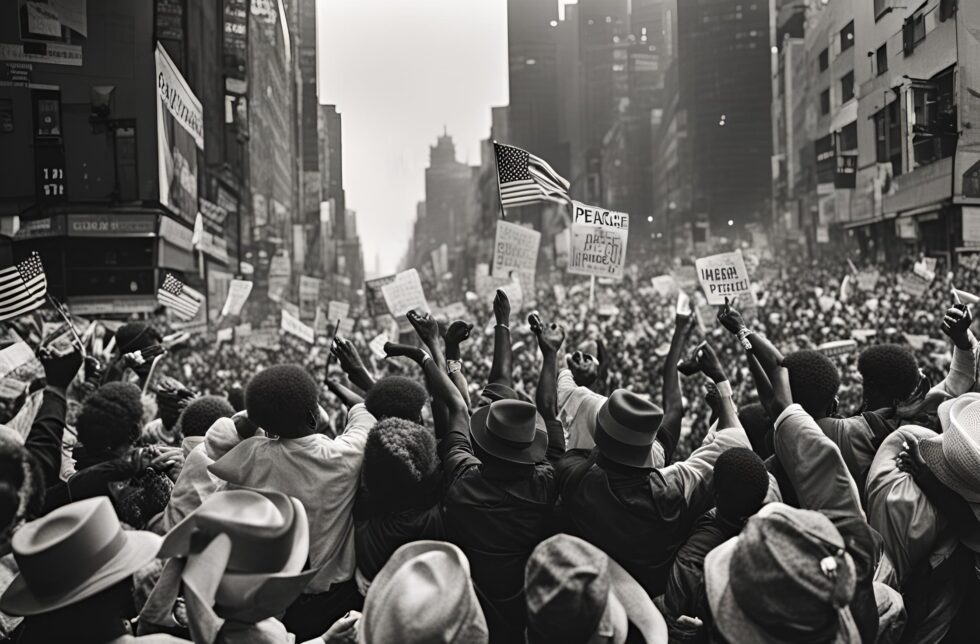
In the early 21st century, an event so extraordinary it seemed to redefine human nature began to unfold. It all started with a simple, symbolic handshake between two rivals on the brink of war—a moment that captivated billions and set the stage for the inception of Global Peace.
The handshake occurred at a high-stakes summit where many had predicted the breakdown of diplomacy and the onset of conflict. Yet, the rivals’ unexpected act of reconciliation was televised across the globe, sparking a wave of hope among the viewers.
The act inspired leaders worldwide to abandon age-old grievances. Through secret and open dialogues, conflicts were addressed not with weapons, but with words. Armies stood down; militias disbanded; insurrections ceased. In mere months, an armistice spread rapidly, with nations establishing peace agreements and alliances underscored by mutual respect and cooperation.
The immediate aftermath of this newfound peace was significantly transformative. Economies previously strained by war expenditures suddenly had unprecedented surpluses. Governments reallocated military budgets towards education, healthcare, and infrastructure. Cities, once battle-ravaged, began to flourish with new schools, hospitals, and community centers. Science and technology, previously focused on defense-related research, advanced in unexpected fields, most notably renewable energy, space exploration, and medical discoveries.
With national conflicts resolved, the world’s attention turned to global issues: poverty, disease, and environmental destruction. Resources flowed into previously neglected regions, combating preventable diseases like measles and malaria. Scientific collaboration led to the cure for HIV/AIDS and significant breakthroughs in cancer treatments.

As nations collaborated, food production systems became more sustainable and efficient, leading to a rapid decrease in starvation. New technologies and shared expertise led to improved yields and more sophisticated distribution networks, transforming former battlegrounds into fertile farmlands.
This era of peace also ushered in fundamental changes in human interaction. Young generations, raised in a world without violence, fostered a culture of empathy and understanding. Schools worldwide included empathy training and conflict-resolution techniques in their curriculums. Disagreements, once points of contention, turned into opportunities for mutual growth and learning.
Geopolitically, a new order emerged. Without the threat of war, borders became more permeable, encouraging the free exchange of people and ideas. The United Nations was restructured into a more democratic and effective body, tasked with mediating potential disputes. The result was the Earth Charter, a binding agreement that emphasized human rights, environmental stewardship, and economic justice.

The unified front also brought immediate action against the global climate crisis. International commitments to cut carbon emissions were not just signed, but fervently implemented. Fossil fuels were phased out in favor of renewable energy sources. Reforesting projects and conservation efforts increased with the aim of restoring the natural balance of the planet. Within decades, the effects of climate change started to reverse.
The arts also flourished in this era of peace. Freed from war’s anxieties, people explored creative expression in unique ways, leading to a cultural renaissance. Artists from around the world collaborated, blending traditions and styles into a global tapestry of creativity.
However, the path to global peace presented challenges. Societal norms and institutions had to be overhauled, leading to a temporary surge in unemployment as soldiers and arms industry workers adjusted to their new reality.




